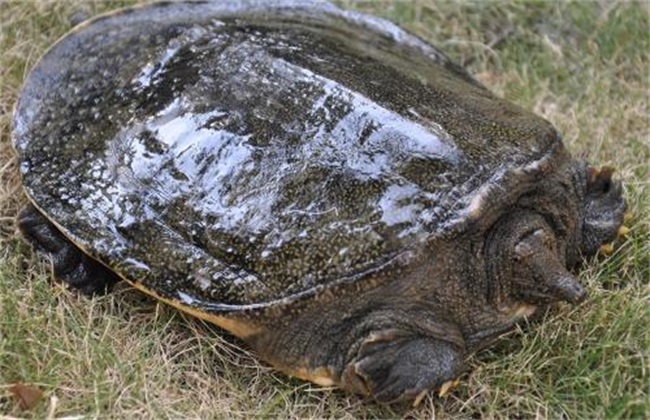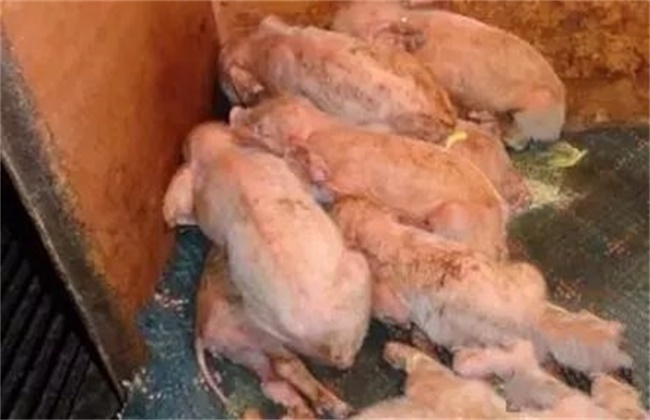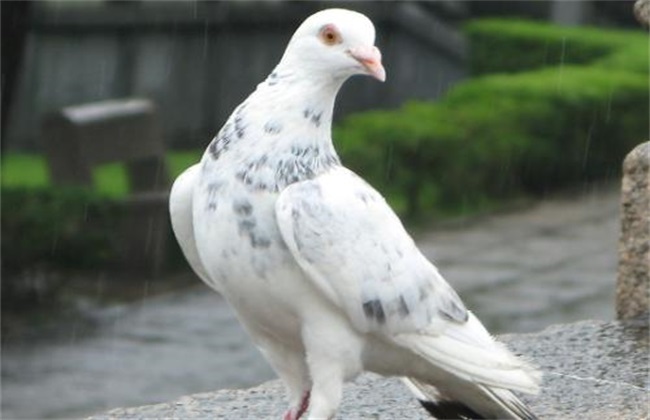The living habits of soft-shelled turtle
If you want to cultivate soft-shelled turtles, you always have to understand some of the habits of soft-shelled turtles, and the whole culture process is adjusted according to the habits of soft-shelled turtles. After knowing some of its habits, we all know what caused many problems when breeding. Let's learn about the daily habits of some soft-shelled turtles.

What does the soft-shelled turtle eat
Food in aquaculture is a key. Soft-shelled turtles are not particular about eating and are mainly carnivorous. Despite the soft-shelled turtle moving slowly on the shore, it also has speed when hunting. In the water, there are small fish, shrimps, field snails and so on. Some smaller ones are basically the prey targets of soft-shelled turtles. After landing, they will prey on some insects or small frogs, mainly to see what has passed in front of it. When raising, you can feed according to these, of course, you can also feed some animal offal and so on, but you must cut it up.
2. Places for daily activities
Soft-shelled turtle activities are divided into two parts: land and water. If the water environment is good, they will stay in the water most of the time. If the land is warm, they will go to the land. When in the water, soft-shelled turtles usually choose to hide in the sand or soil, stay still, and hunt if food passes by. On land, you will choose some places with strong light to bask in the sun, but when you are stimulated, you will return to the water and come out to bask in the sun when it is quiet.
3. Breeding time
The time of breeding must be borne in mind that this can be related to the follow-up cultivation. The soft-shelled turtle usually begins its spawning period for several months after May. It will lay eggs many times and end in September at the latest. When spawning, the soft-shelled turtle will come ashore, so we should reserve a good spawning place. This place is covered with sand and so on. It is convenient for the soft-shelled turtle to find and bury it. For fear of external threats, soft-shelled turtles will only come ashore at night. Farmers should pay attention to safety protection so that soft-shelled turtles can lay eggs safely.
4. Temperature
The effect of temperature on soft-shelled turtle is very obvious. as soon as the temperature is low, it hibernates, it eats more when the temperature is right, it grows well, and when the temperature is high, it waits for the temperature to come down. The temperature suitable for soft-shelled turtle is about 16-32 ℃, and the level will be affected, so the water temperature of the culture pond needs to be controlled well. If you want the soft-shelled turtle not to hibernate, but this requires everyone to keep the temperature in the culture pond at a suitable temperature, and the water temperature should not be too low. When both temperatures are right, the soft-shelled turtle will not hibernate.
These are some of the living habits of the soft-shelled turtle. If you want to raise the soft-shelled turtle, you must understand these things, otherwise you don't know how to do it. If you want to know more, you can follow our follow-up developments!
Related
- On the eggshell is a badge full of pride. British Poultry Egg Market and Consumer observation
- British study: 72% of Britons are willing to buy native eggs raised by insects
- Guidelines for friendly egg production revised the increase of space in chicken sheds can not be forced to change feathers and lay eggs.
- Risk of delay in customs clearance Australia suspends lobster exports to China
- Pig semen-the Vector of virus Transmission (4)
- Pig semen-the Vector of virus Transmission (3)
- Five common causes of difficult control of classical swine fever in clinic and their countermeasures
- Foot-and-mouth disease is the most effective way to prevent it!
- PED is the number one killer of piglets and has to be guarded against in autumn and winter.
- What is "yellow fat pig"? Have you ever heard the pig collector talk about "yellow fat pig"?



